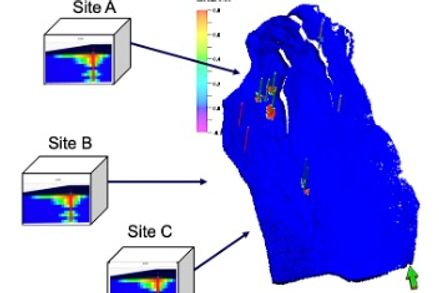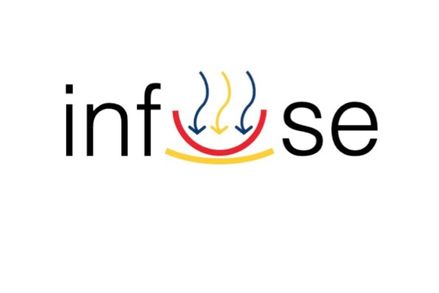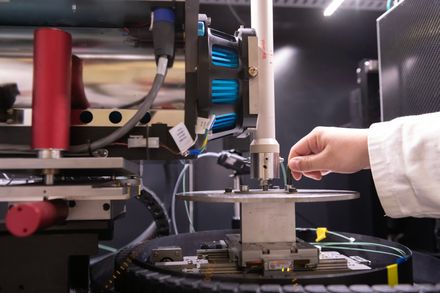We investigate the physics, chemistry, and techno-economics of CO2 storage underground
Our research includes exploring fundamental pore scale fluid dynamics, developing digital rocks analysis techniques, increasing the accuracy of field scale reservoir simulation, and evaluating the feasibility of scaling up CO2 storage to climate relevant scales.
Our Research Projects
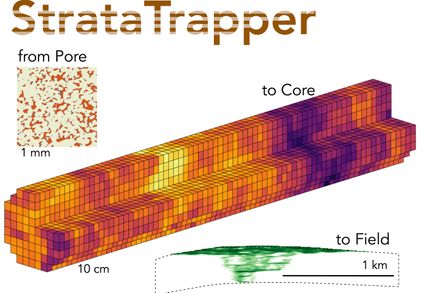
StrataTrapper Advanced Modelling of CO2 Migration and Trapping
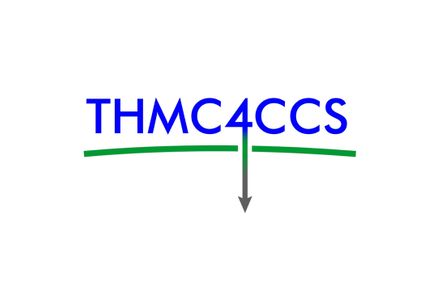
THMC4CCS: ThorougH experiMental and numerical investigation of Coupled processes for geologiC Carbon Storage
Results
- Showing results for:
- Reset all filters
Search results
-
Conference paperAndrews E, Muggeridge A, Jones A, et al., 2021,
Pore scale observations of wetting alteration during low salinity water flooding using x-ray micro-ct
This paper describes the first pore scale in-situ observations of wetting alteration on clays during tertiary low salinity flooding. Observations in the laboratory over a range of scales show that reducing the salinity of injected water can alter the wetting state of a rock, making it more water-wet. However, there remains a poor understanding of how this alteration impacts the distribution of fluids over the pore and pore network scale and how it leads to additional oil recovery. In this work, X-ray micro-CT scanning is used to image an unsteady state experiment of tertiary low salinity water flooding in a Berea sandstone core with an altered wettability due to exposure to crude oil. Oil was trapped heterogeneously, at a saturation of 0.62, after flooding with high salinity brine. Subsequent flooding with low salinity brine led to an oil production of three percentage points. To understand the mechanisms for this additional recovery, we characterise the wetting state of the sample using imagery of fluid-solid fractional wetting and fluid pore occupancy analysis. Pore occupancy analysis shows that there is a redistribution of oil from large pores to small pores during low salinity flooding. We observe a decrease in the solid surface area covered by the oil after low salinity flooding, consistent with a change to a less oil-wetting state. Pore by pore analysis of the mineral surface area covered by the oil shows that the wetting alteration during low salinity flooding is more significant on clays which likely control the behaviour. Whilst there was only three percentage points of additional recovery during low salinity flooding, the wetting alteration led to the redistribution of 22% of oil within the rock. The success of low salinity water flooding depends on a wetting alteration and oil mobilisation as well as a pore structure which can facilitate the production of the mobilised oil.
-
Conference paperRazak WNA, Kechut NI, Andrews E, et al., 2021,
3D Visualization of Film Flow During Three-Phase Displacement in Water-Wet Rocks via Microtomography Method
Spatial image resolution has limited previous attempts to characterize the thin film flow of oil sandwiched in-between gas and water in a three-phase fluid system This paper describes how a systematically designed displacement experiment can produce imagery to define the film flow process in a 3D pore space of water-wet sandstone rocks. We image multiphase flow at the pore scale through three displacement experiments conducted on water-wet outcrop rock with variable spreading tendencies. The experiment has been formulated to observe the relationship between fluid spreading, phase saturations, and pore-scale displacement mechanisms. We provide exhaustive evidence of the three-phase fluid configurations that serve as a proxy mechanism assisting the fluid displacement process in a three-phase system, which includes the oil sandwiches in-between water and gas, the flow of oil via clay fabrics, and the double-displacement process that generates oil and water film in 3D pore spaces. Further, we show evidence that the stable thin-oil film has enhanced the gas trapping mechanism in the water-wet rocks. We observed that the oil layer had covered the isolated and trapped gas blobs, enhancing their stability. As a result, the trapped gas in the positive and zero spreading systems is slightly higher than in the negative spreading system due to a stable oil film. We analyze the Euler characteristic of the individual fluid phases and the interface pair of the fluids during waterflooding, gas injection, and chase water flooding. The comparison of the Euler characteristic for the connected and disconnected fluid phases between three different spreading systems (i.e., positive, zero, and negative) shows that the oil layer's connectivity is highest in the positive spreading system and lowest in the negative spreading system. The oil layer in the positive spreading system is also thicker than in the negative spreading system.
-
Journal articleRingrose PS, Furre A-K, Gilfillan SMV, et al., 2021,
Storage of Carbon Dioxide in Saline Aquifers: Physicochemical Processes, Key Constraints, and Scale-Up Potential
, ANNUAL REVIEW OF CHEMICAL AND BIOMOLECULAR ENGINEERING, VOL 12, 2021, Vol: 12, Pages: 471-494, ISSN: 1947-5438- Author Web Link
- Cite
- Citations: 21
-
Journal articleSpurin C, Bultreys T, Rucker M, et al., 2020,
Real-Time Imaging Reveals Distinct Pore-Scale Dynamics During Transient and Equilibrium Subsurface Multiphase Flow
, WATER RESOURCES RESEARCH, Vol: 56, ISSN: 0043-1397- Author Web Link
- Cite
- Citations: 18
-
Journal articleJackson SJ, Krevor S, 2020,
Small-Scale Capillary Heterogeneity Linked to Rapid Plume Migration During CO<sub>2</sub>Storage
, GEOPHYSICAL RESEARCH LETTERS, Vol: 47, ISSN: 0094-8276- Author Web Link
- Cite
- Citations: 34
-
Journal articleSpurin C, Bultreys T, Ruecker M, et al., 2020,
Real-time imaging reveals distinct pore scale dynamics during transient and equilibrium subsurface multiphase flow
-
Journal articleJackson S, Krevor S, 2020,
Small-scale capillary heterogeneity linked to rapid plume migration during CO2 storage
-
Journal articleFranchini S, Krevor S, 2020,
Cut, overlap and locate: a deep learning approach for the 3D localization of particles in astigmatic optical setups
, EXPERIMENTS IN FLUIDS, Vol: 61, ISSN: 0723-4864- Author Web Link
- Cite
- Citations: 15
-
Journal articleZahasky C, Krevor S, 2020,
Global geologic carbon storage requirements of climate change mitigation scenarios
, Energy and Environmental Science, Vol: 13, Pages: 1561-1567, ISSN: 1754-5692Integrated assessment models have identified carbon capture and storage (CCS) as an important technology for limiting climate change. To achieve 2 °C climate targets, many scenarios require tens of gigatons of CO2 stored per year by mid-century. These scenarios are often unconstrained by growth rates, and uncertainty in global geologic storage assessments limits resource-based constraints. Here we show how logistic growth models, a common tool in resource assessment, provide a mathematical framework for stakeholders to monitor short-term CCS deployment progress and long-term resource requirements in the context of climate change mitigation targets. Growth rate analysis, constrained by historic commercial CO2 storage rates, indicates sufficient growth to achieve several of the 2100 storage targets identified in the assessment reports of the Intergovernmental Panel on Climate Change. A maximum global discovered storage capacity of approximately 2700 Gt is needed to meet the most aggressive targets, with this ceiling growing if CCS deployment is delayed.
-
Journal articleZahasky C, Jackson SJ, Lin Q, et al., 2020,
Pore Network Model Predictions of Darcy-Scale Multiphase Flow Heterogeneity Validated by Experiments
, WATER RESOURCES RESEARCH, Vol: 56, ISSN: 0043-1397- Author Web Link
- Cite
- Citations: 16
This data is extracted from the Web of Science and reproduced under a licence from Thomson Reuters. You may not copy or re-distribute this data in whole or in part without the written consent of the Science business of Thomson Reuters.

